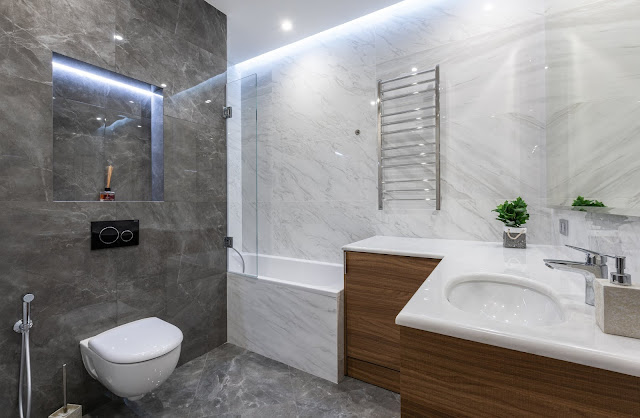The Different Types of Radiators
There are many different types of radiators out there for different purposes. A convector radiator is a type of radiator that uses convection currents to distribute heated air to adjacent spaces. This type of radiator is commonly used in the bathroom because it helps increase the rate at which water is heated up. An electric radiators for bathrooms provide heat without being connected to any electrical source. These are best for rooms where you need heat but do not have an outlet near your room that would power the radiator.
There are two types of radiators, convectors and radiant.
A convector radiator is a type of radiator that has fans to circulate the hot air and emit it out of the top and side vents. Radiant heat is not as good at heating up a room as convectors because the heat moves in waves towards you instead of staying still where you are standing. Another disadvantage with radiant heat is that it can't be felt on your skin like convectors can.
Radiators are important for heating your home. They are available in different types, sizes, colours, and designs. Let's take a look at the different types of radiators to see which one would suit your needs best.
The four main types of radiators are electric radiators for bathrooms, convector type hot water radiator systems, electric radiator installation services and underfloor heating systems. We will explore the first three types in detail in this article and review their benefits and disadvantages so that you can decide which one is most appropriate for your home.
There are three main types of radiators: convectors, radiant and fan coil. Convector and radiant radiators both work by heating up the air in the room and circulating it. They do this by using electricity to heat up a hot water tank which then heats up air as it passes through pipes in the radiator. Fan coil radiators work differently to convection and radiant radiators by heating up water that is piped into them from a hot water tank which is kept separate from the radiator.
The three main types of radiators are convectors, radiant and fan coil. Convectors and radiant radiators both use electricity to heat up a hot water tank which then heats up air as it passes through pipes within the radiator. Fan coil radsats work differently; they use electricity The different types of radiators available today are based on the heated fluid they use to produce heat.
The most commonly used type of radiator is the electric radiator, which uses an electric heating element to heat up water in its tank. This hot water then flows through the pipes in the radiator system and heats up the room.
A less common type is a gas-fired radiator that uses natural gas or propane as fuel to heat up its coils. These types of radiators are usually found in older buildings because they were popular before electricity was cheaper and more accessible. Radiation is a form of heat, but it can be used in a different way. Radiators are known to give off warmth. In this sense, they are the best type of heating system that you can find for your home or office.
Types of Radiators
There are many types of radiators in the market today, but there is a difference between them all. Some have a modern design while others have an antique feel about them even though they were created in the recent past. We'll go through some important points on each type so that when it's time to purchase one for your
There are different types of radiators, each with their own benefits and disadvantages. Electric radiators for bathrooms offer a quick solution to the problem of heating up your house without having to leave the room you are in. They are great for people who are looking for a quick solution or those who don't want any risk of burns.
Radiators are generally divided into two categories: radiant and convectional. Convectional radiators require an external heat source to work, while radiant radiators work by heating up the air directly, which is why they release no water droplets or steam. Radiant radiators take up less space than convectional radiators, but they also offer less heat per square foot because they only heat the air directly around them.



Comments
Post a Comment